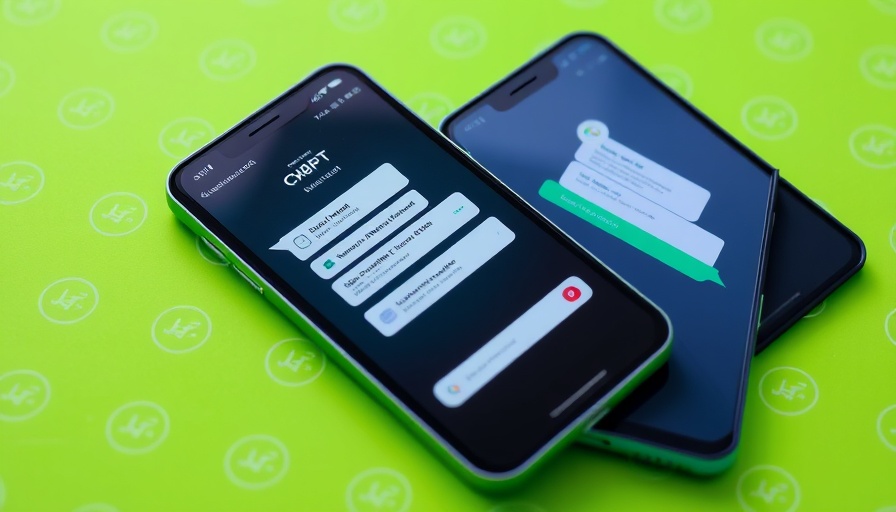
Unlocking New Dimensions: ChatGPT’s Role in Identifying Locations
A fascinating blend of technology and creativity, ChatGPT is emerging as a tool for guessing locations in photos, taking the engaging gameplay of GeoGuessr one step further. By analyzing images for contextual clues, ChatGPT can not only identify visible objects but also provide insights based on its extensive knowledge database.
How It Works: The Technology Behind the Magic
With OpenAI's enhancements in its AI models, like the o3 and o4-mini, users can upload images ranging from casual selfies to elaborate tourist snapshots. The AI then uses contextual cues—such as architectural styles, landscape features, and even subtle urban hints—to formulate educated guesses about the location depicted. This capability doesn't just rely on embedded GPS data; it’s a testament to the advances in AI's visual recognition and processing capabilities.
Real-World Applications: Beyond Gaming
While the initial discussion about employing ChatGPT for location guessing might sound frivolous, its implications are serious and diverse. Industries such as tourism, real estate, and even urban planning can leverage this technology to derive insights from photo data. Imagine real estate agents using AI to gauge neighborhood appeal based on visual data from home listings, or travel agencies curating destinations based on user-submitted images. This could revolutionize how businesses understand customer preferences and spatial dynamics.
Ethical Considerations and Privacy Concerns
As innovative as this AI application may be, the methods by which it gathers and processes information raise significant privacy concerns. The ability for AI to reverse-engineer location data emphasizes the need for stringent guidelines and ethical standards surrounding AI-use and data privacy. Users, particularly those uploading sensitive images, need to be mindful of the potential implications of sharing personal data with advanced AI technologies.
Future Trends: AI and Spatial Awareness
The ability of AI to identify locations through image analysis opens up numerous possibilities for future innovations. Predictive analytics could evolve into a tool for understanding travelers’ behavior based on photo logs, leading to curated travel experiences that align closely with user interests. Moreover, integrating this image-processing capability into existing applications could enhance personalization in apps related to travel, social networking, and commerce.
Actionable Insights for Executives
For decision-makers, understanding the transformative power of AI in analyzing visual data is crucial. Consider exploring collaborations with AI developers to implement these technologies in your business. Whether it’s enhancing customer engagement through personalized visuals or utilizing AI for market analysis, embracing these innovations can set your strategy apart in a competitive landscape.
 Add Row
Add Row  Add
Add 




Write A Comment